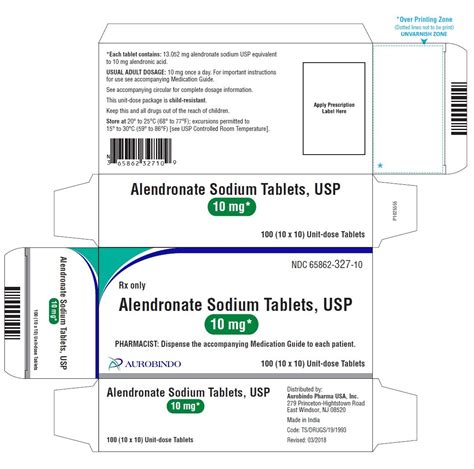A torn rotator cuff can be a debilitating injury, causing significant pain and discomfort in the shoulder. It’s essential to understand the nature of this injury, its causes, symptoms, and treatment options to ensure proper care and rehabilitation. The rotator cuff is a group of muscles and tendons surrounding the shoulder joint, keeping the head of the humerus (upper arm bone) firmly within the shallow socket of the shoulder. A tear in the rotator cuff can occur due to acute injury or chronic wear and tear, leading to weakness, pain, and limited mobility in the affected shoulder.
Causes and Risk Factors
Several factors can contribute to the development of a torn rotator cuff. These include:
- Age: The risk of a rotator cuff tear increases with age, as tendons naturally weaken over time.
- Repitive Strain: Jobs or activities that involve repetitive overhead motions, heavy lifting, or consistent stress on the shoulder can lead to rotator cuff tears.
- Acute Injury: A fall onto an outstretched hand or a direct blow to the shoulder can cause a rotator cuff tear.
- Poor Posture: Over time, poor posture can lead to altered biomechanics of the shoulder, increasing the risk of a rotator cuff injury.
Symptoms
The symptoms of a torn rotator cuff can vary depending on the severity of the injury, but common signs include:
- Pain: Especially when lifting the arm or rotating it in certain positions.
- Weakness: A noticeable weakness in the arm, making everyday activities challenging.
- Limited Mobility: Difficulty moving the arm in certain directions, such as overhead or behind the back.
- Snap or Crack Sound: Some people may hear a snap or feel a crack when the injury occurs.
Diagnosis
Diagnosing a torn rotator cuff typically involves a combination of physical examination, medical history, and imaging tests. A healthcare provider may perform specific maneuvers to assess the strength and mobility of the shoulder. Imaging tests such as X-rays to rule out other causes of pain and magnetic resonance imaging (MRI) or ultrasound to confirm the diagnosis and assess the size and location of the tear.
Treatment Options
The treatment of a torn rotator cuff depends on the severity of the tear, the patient’s overall health, and their activity level.
Conservative Management
- Physical Therapy: To strengthen the shoulder muscles and improve flexibility.
- Pain Relief Medications: Such as NSAIDs to reduce pain and inflammation.
- Rest and Ice: Avoiding activities that aggravate the condition and applying ice to reduce inflammation.
Surgical Intervention
For larger tears or when conservative management fails to improve symptoms, surgical repair may be necessary. Surgical options include:
- Arthroscopic Repair: A minimally invasive procedure using a small camera and instruments inserted through tiny incisions.
- Open Repair: A traditional open surgery for more extensive tears.
- Mini-Open Repair: A combination of arthroscopy and a small incision.
Rehabilitation and Recovery
Rehabilitation after a torn rotator cuff, whether treated conservatively or surgically, is crucial for a successful outcome. A physical therapist can design a customized rehabilitation program that includes exercises to improve range of motion, strengthen the shoulder muscles, and enhance functional abilities. The recovery period can vary from several months to over a year, depending on the severity of the tear and the effectiveness of the treatment plan.
Preventive Measures
Preventing rotator cuff injuries involves maintaining shoulder strength and flexibility through regular exercise and employing proper techniques during lifting and overhead activities. Warm-up routines before sports or heavy activities, avoiding repetitive strain, and taking regular breaks can also reduce the risk of injury.
Conclusion
Caring for a torn rotator cuff requires a comprehensive approach that includes accurate diagnosis, appropriate treatment, and a commitment to rehabilitation. By understanding the causes, symptoms, and treatment options for rotator cuff tears, individuals can better navigate their care and work towards a successful recovery, regaining strength and mobility in their shoulder.
What are the common causes of a torn rotator cuff?
+The common causes include repetitive strain from repeating the same motions, acute injury from a fall, and chronic wear and tear associated with aging.
How is a torn rotator cuff diagnosed?
+Diagnosis involves a physical exam, review of medical history, and imaging tests like MRI or ultrasound to confirm the presence and size of the tear.
What are the primary treatment options for a torn rotator cuff?
+Treatment options include conservative management with physical therapy and pain relief medications, and in some cases, surgical repair through arthroscopic or open methods.
How long does recovery from a torn rotator cuff typically take?
+Recovery time can vary significantly, from several months to over a year, depending on the severity of the tear and whether surgical intervention was required.
Can a torn rotator cuff be prevented?
+While not all tears can be prevented, maintaining shoulder strength and flexibility, using proper lifting techniques, and avoiding repetitive strain can reduce the risk of injury.



